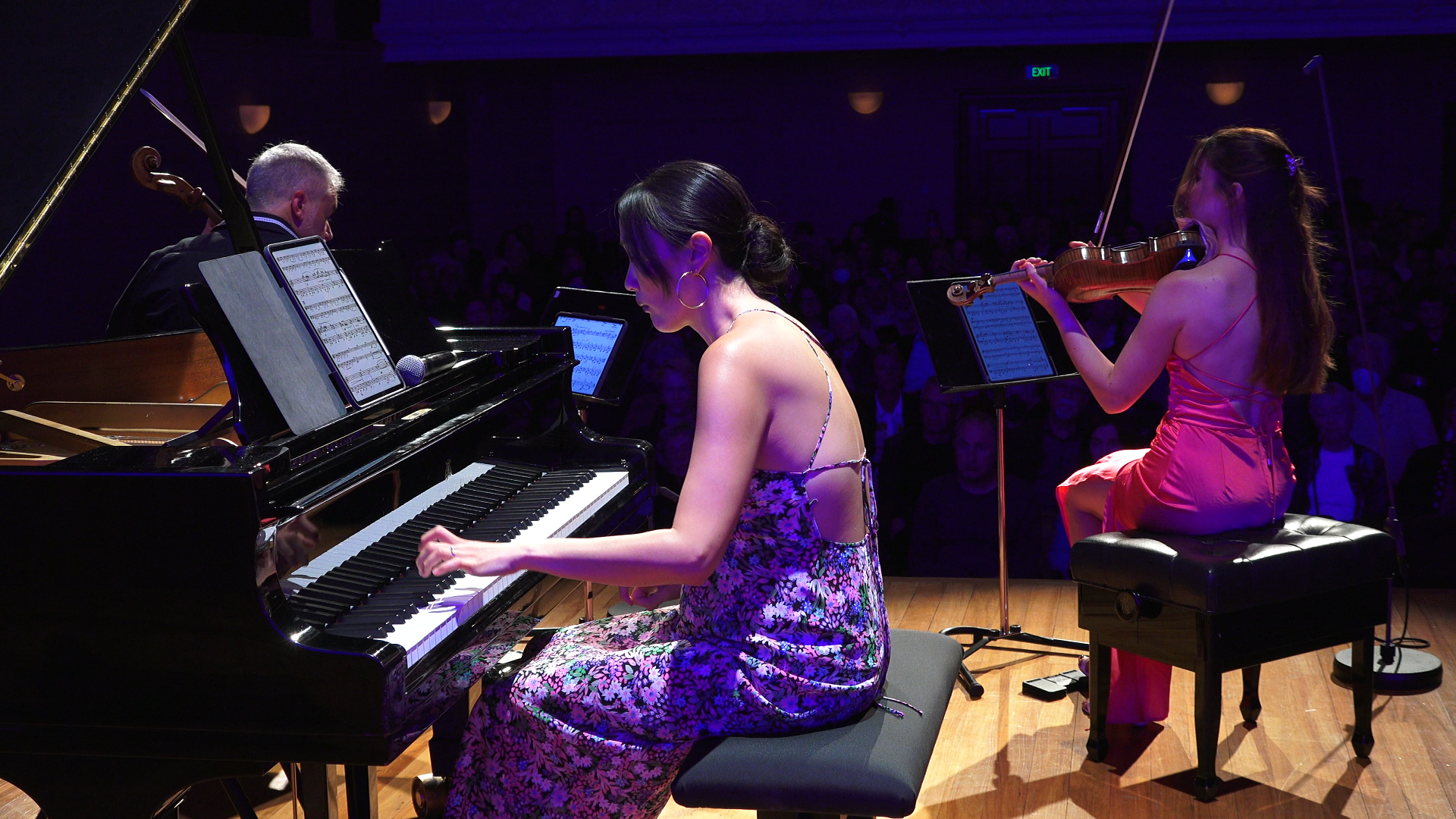Origins
21nov5:00 pmOriginsNathan Homestead
Event Details
Following recent Covid-19 interruptions, this concert has been postponed until November 21st. If you have already purchased tickets, you will receive a notice directly from Eventfinda where you can either choose
Event Details
Following recent Covid-19 interruptions, this concert has been postponed until November 21st.
If you have already purchased tickets, you will receive a notice directly from Eventfinda where you can either choose to transfer your tickets to the new date, or opt for a refund.
The concert will only go ahead under Alert Level 1 and will be refunded if cancellation is necessary at that time.
ORIGINS
Beethoven: Ghost
Turnage: A Fast Stomp
Ballard (NZ): Prema Lahari *new commission
Yun: Piano Trio
Zemlinsky: Piano Trio
Origins opens with Beethoven’s mighty Ghost trio to celebrate his birth a quarter of a millennium ago before embarking on a tour through the varied heritages of NZTrio. Works by Mark Anthony Turnage (UK) and Isang Yun (Korea) envelop a brand new work by Sarah Ballard (NZ) deeply inspired by Indian culture and music. To finish, our attention turns to the worrying global upsurges of separatism and hatred, so the last word comes from Austrian-American Alexander von Zemlinsky whose Jewish-Muslim upbringing inspires understanding and love.
Saturday, 21st November – 5pm
Nathan Homestead – 70 Hill Rd., Manurewa – Auckland
Tickets $35 Adult / $20 Student
Duration: Approx. 1.5 hours plus interval
Complimentary refreshments with the musicians following the performance.
Time
November 21, 2020 5:00 pm UTC+12:00(GMT+00:00)
Location
Nathan Homestead
Programme Notes
Ludwig van Beethoven (GER; 1770 – 1827): Piano Trio No. 5 in D Major “Ghost”, Op. 70, No. 1, c. 22’
Allegro vivace e con brio
Largo assai ed espressivo
Presto
It was Beethoven’s pupil Carl Czerny who gave this masterpiece its nickname, likening the slow-motion second movement to the appearance of the ghost in Hamlet, long after Beethoven’s death. And Beethoven was toying with ideas for a second opera while he was writing this – Macbeth. There’s a rumour that this is the same music he intended for the Witches’ Sabbath. We’ll never know, and the opera never came to pass. What we do know is the circumstances for his writing this brilliant trio. He’d just completed the Pastoral Symphony: he’d applied for a position at the royal theatre in Vienna and lost it; instead, he’d been offered a position with Napoleon’s brother far off in Kassel – and his rich patrons had all banded together to offer him a pension in Vienna to keep him there.
One of them was the Countess Erdödy, Maria, who was a fine pianist and had been a close friend all through his increasing deafness, and through the demise of her own marriage. Beethoven fled to her country estate straight after writing the Heiligenstadt Testament, and had been spending every summer there since. By 1808 he was 38, she was 29: the count been gone for some years; and when she returned to the city in October she invited Beethoven to move in to her beautiful apartments on the Krugerstraße, only one block down from his own. He abandoned his house and stayed until March the next year.
And during that period, he wrote and dedicated to her the Ghost trio. It’s not only the slow movement that is the masterpiece – it’s the explosive opening, the unsettling harmony right there in the theme, the driving finale. It’s the ultimate expression of clouds clearing after the storm and it is sublime.
Mark-Anthony Turnage (UK; b. 1960): A Fast Stomp, c. 10’
Classic Mark Anthony Turnage, the composer of the opera Anna Nicole and Blood on the Floor for jazz quartet and orchestra – high voltage driving excitement, jazz-influenced, equally tender and profound at times, always interesting. He describes this trio himself:
A Fast Stomp is a very energetic and unrelenting Scherzo and Trio which started as a study for my orchestral piece Scherzoid and is almost a scaled down, compacted overview of that piece. The title refers to an episode around two minutes in, where the violin plays a pizzicato passage while the piano plays thick, stamping chords in extreme registers. The piece ends with an intense coda comprising long melodic lines in the violin and cello accompanied by resonant bell chords in the piano.
Sarah Ballard (NZ; b. 1989): Prema Lahari (new commission), c. 10’
This piece is a small musical offering to humanity of peace and affection. It attempts to express and channel the potency of the origin of pure love to the hearts of the listeners. ‘Prema Lahari’ is a Sanskrit term that means “waves on the ocean of pure love”. It is said that love makes the world go ‘round, and certainly the purest love can heal the heart and reveal the true self within, which is transcendental to and unaffected by duality. The true self in connection with its ultimate source is by nature eternal, full of knowledge and full of bliss. One can realise the self through the sublime and easy process known as Bhakti yoga, the science of the love supreme, which is freely available to all.
The piece ends with a Sanskrit prayer, inviting the original source of the self to enter into the courtyard of the heart and to soothe the consciousness of all who may hear it, so that as a civilisation we may be able to make progress in a way that brings relief to humanity and all living entities and to become reacquainted with the original source of peace and happiness, which we all share. So please allow these sound vibrations to enter into and soothe your hearts.
Isang Yun (KOR; 1917-1995): Piano Trio, c. 14’
The great South Korean composer with an extraordinary life: imprisoned by the Japanese during the Second World war, recipient of the Seoul culture award, travelling to Berlin for further study, making his name at Darmstadt and wider Europe in the mid 60s, only to be kidnapped by the South Korean secret service on suspicion of espionage and taken back to Seoul to be imprisoned, tortured, and threatened with the death sentence. It was only a petition signed by 200 of the world’s musicians that got him freed.
His music inhabits a western, avant-garde sound world infused everywhere with the 1,200 year-old traditions of Korean court music: glissandi, pizzicati, slides, vibrato, based always on the Tao and on the different Asian concept of tone.
“The tone of Europe and Asia is totally different. The tone of the West is like a liner pencil, while Asian tones are like a stroke of a brush thick and thin, and not even straight… if a tone has in itself a flexible movement while it is sounding, if the tone appears complex, then this tone is a whole cosmos.
“I always seek out the principles of Taoism in the creation of my works. The beginning of my music is actually a continuation of something invisible that has already been ringing without sounding. Likewise, the seeming end of my music in fact belongs to the unheard sound of the future, and would continue to ring in the unheard sound.”
Alexander Zemlinsky (AUT; 1871 – 1942): Piano Trio in D minor, Op. 3, c. 28’
Allegro ma non troppo
Andante con molto espressione
Allegro
This trio will grab you right from the opening bars. It’s the epitome of 1890s Vienna: lush, grand, romantic, impassioned, the Vienna over which Brahms ruled as an old man, and where Zemlinsky was a young student at the Vienna Conservatory. Brahms was president – an honorary position only, he never taught – when his friend Fuchs, the composition professor, told him about this talented youngster who had a first symphony being premiered soon and would he like to come. Brahms went, and was impressed. He was even more impressed by this trio, originally for clarinet and modelled on his own, and with classic Brahms kindness sent it off to his own publishers with a recommendation. The publishers liked it so much that they wanted two versions, one for clarinet, one for the standard piano trio: and Zemlinsky obliged by not simply arranging the clarinet part for violin, but writing a whole new part for it, meaning that there are two quite different versions of Op. 3 – each of which stands on its own.
The big, broad opening movement, beginning with that gorgeous stirring melody, is marked “Mit Schwung und Wärme” (warmly and with swing). The second movement, opening on the piano, has a wonderfully melodramatic middle section with the violin playing in a high register – the original calls for a high A clarinet to create that bright sort of sound. Finally, everything comes together in the dazzling, dancing allegro.
It’s worth adding that Zemlinsky was one of the Jewish diaspora to escape the Nazis. He came from an exceptionally multi-cultural family, with Roman Catholicism on the one side (his father’s) and Sephardic Judaism and Islam on the other – his grandmother was a Bosnian Muslim. His parents, to unite the two, converted to Judaism. By the time Hitler came to power he was in Berlin, teaching and working with Klemperer as a conductor at the Kroll Opera. In 1933 he moved back to Vienna, where he never really managed to find any satisfactory work, and in 1938 he and his young wife – Luise Sachsel, 29 years his junior – fled to New York. Just in time…
Programme notes by Charlotte Wilson


